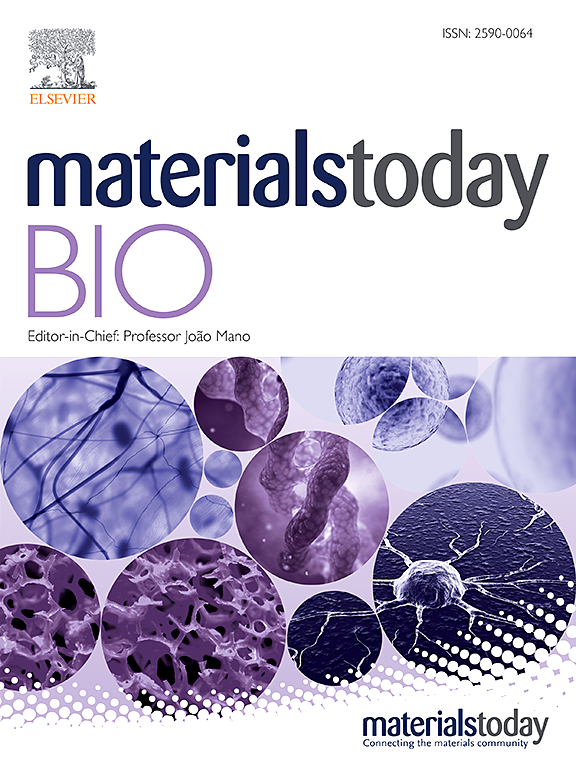Recent progress of artificial cells in structure design, functionality and the prospects in food biotechnology
IF 8.7
1区 医学
Q1 ENGINEERING, BIOMEDICAL
引用次数: 0
Abstract
Artificial cells have bridged the gap between non-living systems and biological cells. In recent years, artificial cells designed to simulate cellular structure and function have garnered significant attention. These artificial cells demonstrate vast potential for advancements in various biomedical areas, including simulating cell structure and function, creating innovative biosensors, facilitating bioactives transport, enabling micro and nanoreactors, and improving the targeted therapy for chronic foodborne diseases. In the interdisciplinary field of artificial cell construction, based on their constituent components, these systems can be categorized into lipid/polymer vesicles, coacervate, colloidosome, and metal-organic framework (MOF) artificial cells. They are anticipated to significantly enhance advancements in food science, particularly in cellular structure optimization, precise nutrition delivery, targeted nutrient release, and rapid detection methods. Consequently, this paper will comprehensively cover the historical background, fabrication techniques, and structural characteristics of artificial cells. From a functional design perspective, this review examines the growth and division mechanisms, energy production processes, encapsulation and reaction vessels, carriers, and information exchange systems of artificial cells. Ultimately, it provides a comprehensive evaluation of the safety of artificial cells from both biological and environmental viewpoints, to introduce and expand the application scenarios of this innovative biotechnology in food science.

求助全文
约1分钟内获得全文
求助全文
来源期刊

Materials Today Bio
Multiple-
CiteScore
8.30
自引率
4.90%
发文量
303
审稿时长
30 days
期刊介绍:
Materials Today Bio is a multidisciplinary journal that specializes in the intersection between biology and materials science, chemistry, physics, engineering, and medicine. It covers various aspects such as the design and assembly of new structures, their interaction with biological systems, functionalization, bioimaging, therapies, and diagnostics in healthcare. The journal aims to showcase the most significant advancements and discoveries in this field. As part of the Materials Today family, Materials Today Bio provides rigorous peer review, quick decision-making, and high visibility for authors. It is indexed in Scopus, PubMed Central, Emerging Sources, Citation Index (ESCI), and Directory of Open Access Journals (DOAJ).
 求助内容:
求助内容: 应助结果提醒方式:
应助结果提醒方式:


